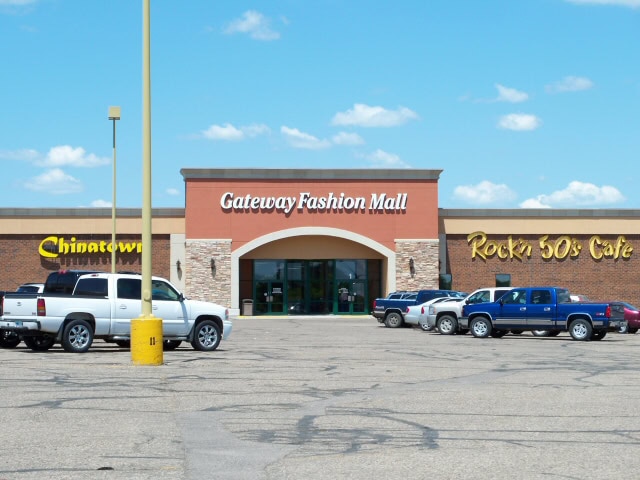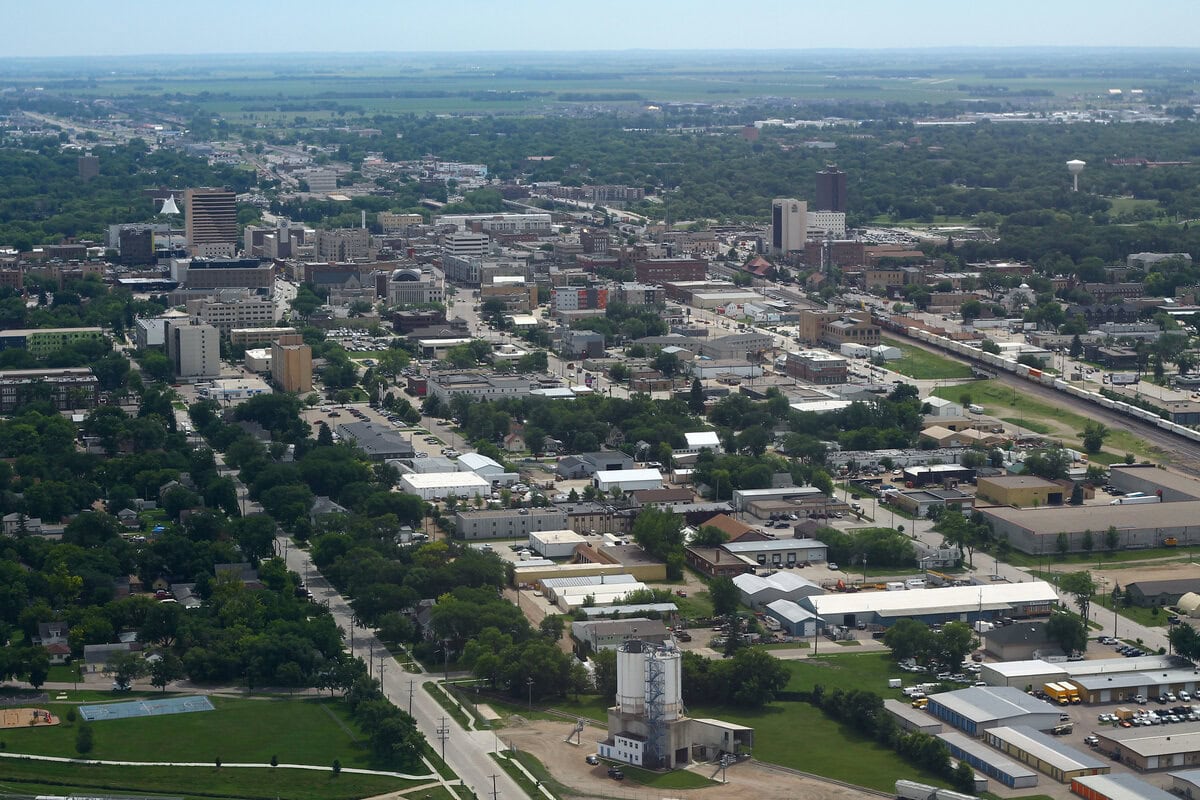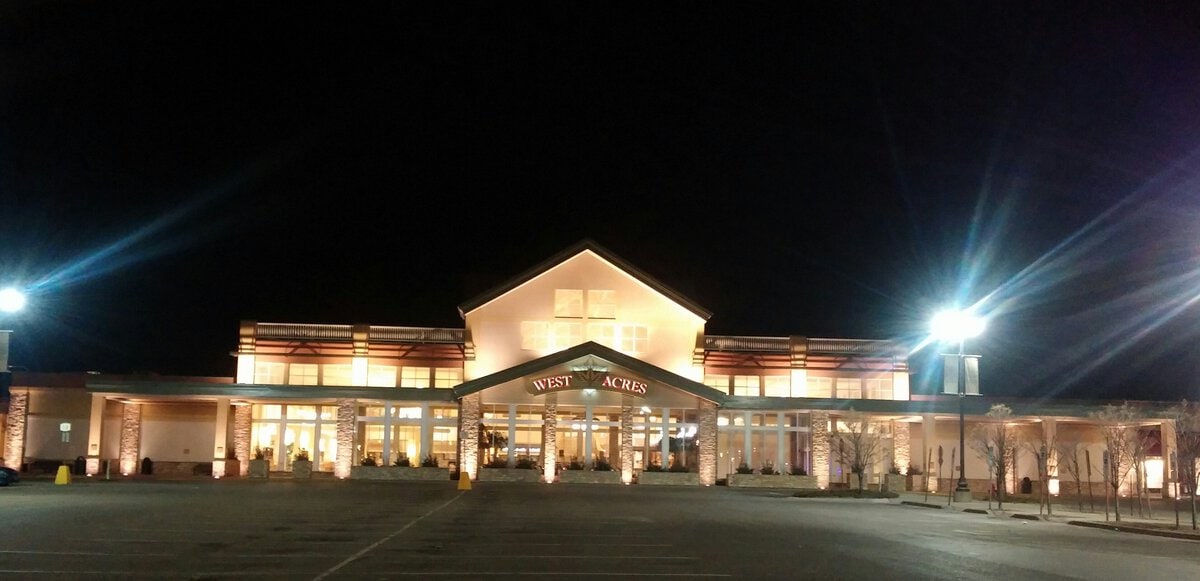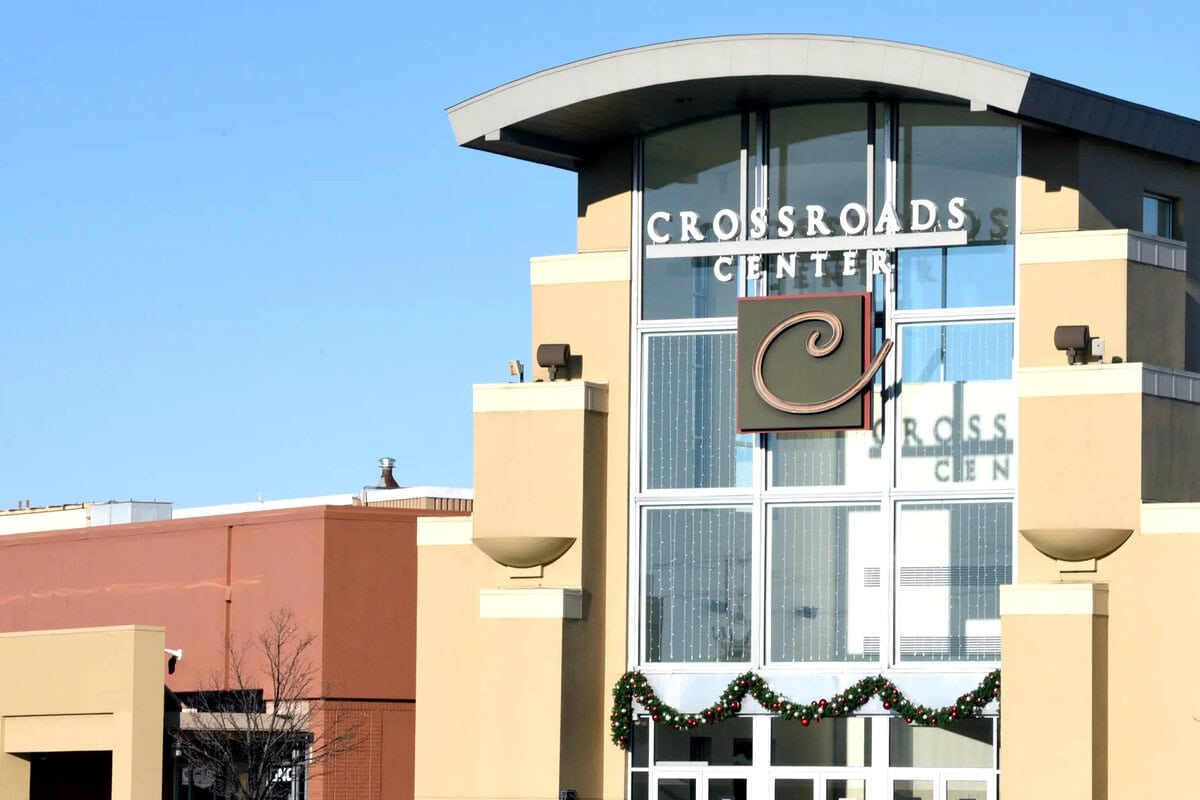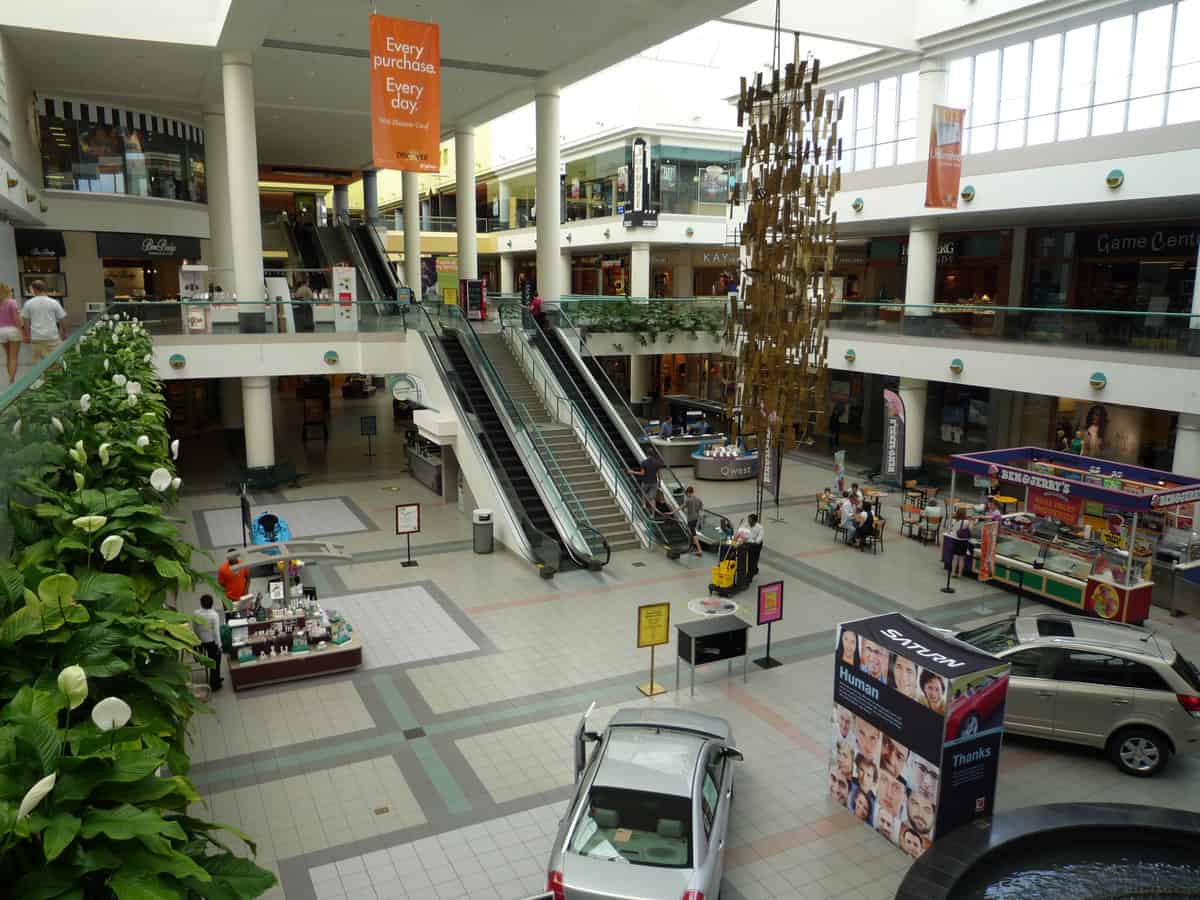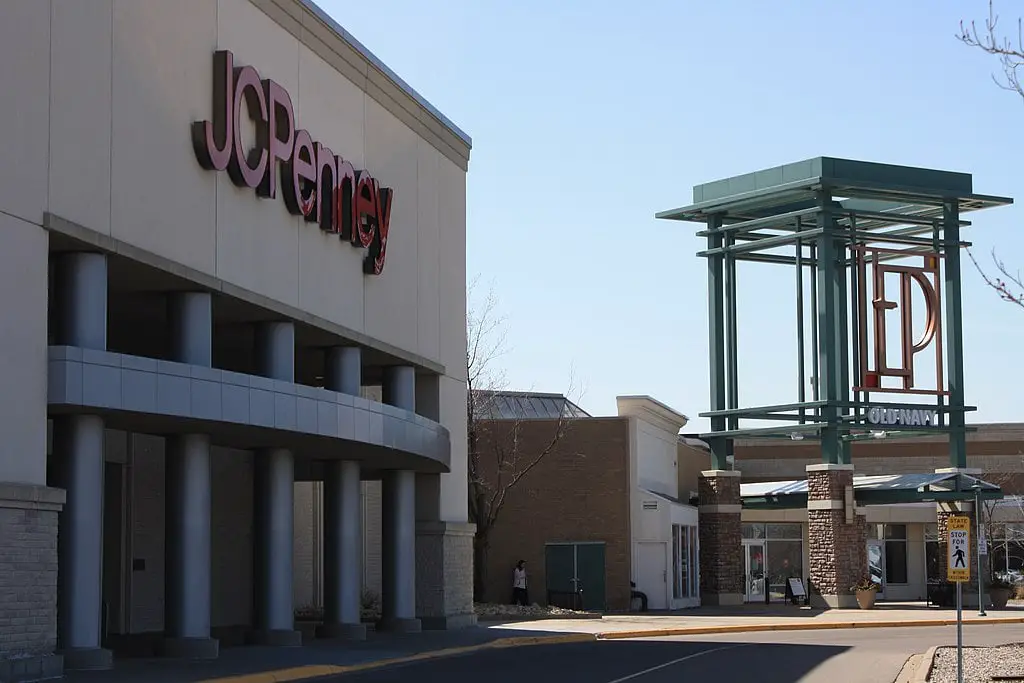Fargo, North Dakota, doesn't wait to introduce itself quietly. It leads with a tornado so powerful that it changed how scientists classify storms. It holds the record for the largest pancake feed.
This list of 12 facts about Fargo covers the voting system, skywalks, and an infamous movie prop that somehow became a civic mascot.
If you've lived in Fargo, passed through it, or only know it from film, try keeping track - how many of these did you actually know?
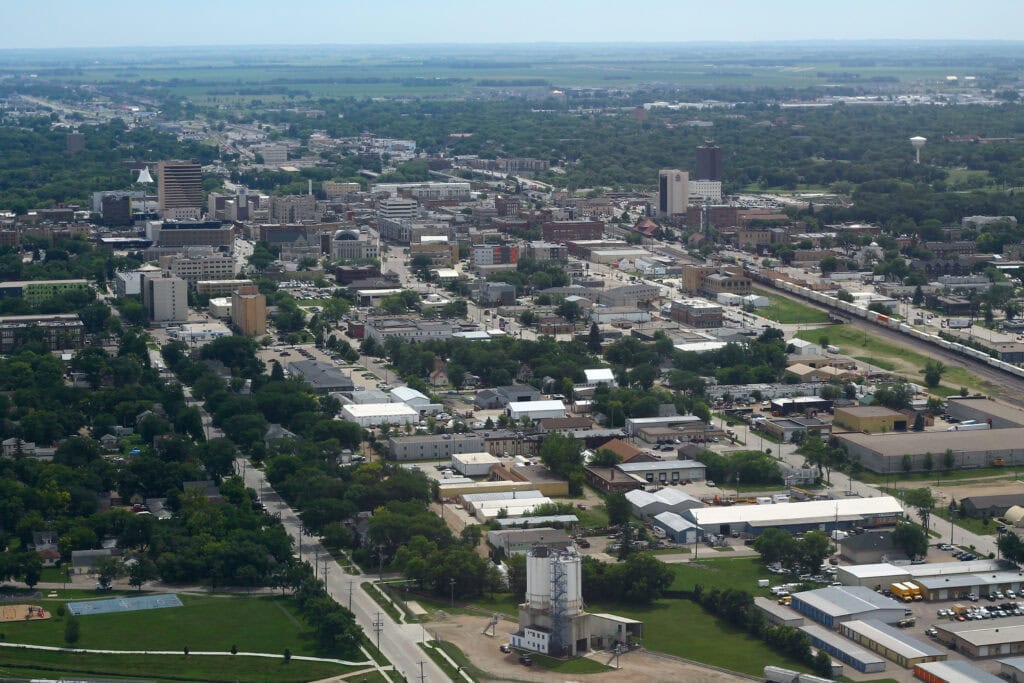
Count as you go, argue with your neighbor, or send it to someone who still thinks the Coen brothers filmed their snow scenes here.
One of these facts will probably surprise you. The question is which.
Fargo was built on top of ancient glacial Lake Agassiz
Roughly 9,000 years ago, the area where Fargo now stands was covered by Lake Agassiz, a massive glacial lake larger than all the Great Lakes combined.
As the lake drained, it left behind deep, rich black soil and a flat landscape that shaped the city's development.
This fertile ground contributed to Fargo's early agricultural economy and continues to influence farming throughout the Red River Valley.
The flatness also affects drainage and contributes to frequent flooding issues.
Lake Agassiz's ancient shoreline still defines the elevation and soil patterns around Fargo and helps explain why the region has some of the most productive farmland in North America.
The 1957 Fargo tornado was the only F5 ever recorded in North Dakota
On June 20, 1957, an F5 tornado hit Fargo's north side, killing 10 people and injuring over 100.
It destroyed over 300 homes and caused roughly $25 million in damage at the time.
It remains the most powerful tornado in North Dakota's recorded history and is still the only one in the state classified as F5 on the Fujita scale.
The tornado's path was especially destructive through the Golden Ridge neighborhood.
Meteorologist Ted Fujita studied this storm in detail, and his work helped develop terminology still used today, including "wall cloud." Photos from the Fargo tornado were among the first used to analyze tornado structure and wind patterns scientifically.
Fargo was briefly called Centralia before being renamed for William G. Fargo
When the Northern Pacific Railway established a station in 1871 along the Red River, the small settlement that formed around it was originally named Centralia.
That name didn't last long.
The town was quickly renamed Fargo in honor of William G. Fargo, a director of the Northern Pacific and co-founder of Wells Fargo Express.
His name had already been used by several other towns across the United States, but Fargo, North Dakota, eventually became the largest of them.
The Great Fire of 1893 destroyed 31 blocks of Fargo
On June 7, 1893, a fire began in the rear of Herzman's Dry Goods Store on Front Street (now Main Avenue).
Fanned by strong winds, it spread quickly and destroyed 160 buildings across 31 blocks.
The fire consumed wooden sidewalks, hotels, stores, and the original post office.
More than 1,000 people were left homeless. Damage was estimated at $3 million in 1893 dollars.
Within days, local leaders passed fireproof building codes requiring brick construction.
Many of the current brick buildings downtown date from that rebuild effort in the following year.
Fargo's fire department, which had only rudimentary equipment at the time, was reorganized shortly afterward.
Fargo's Woodchipper Prop from "Fargo" Is Displayed at the Visitor Center
The original woodchipper prop used in the 1996 Coen Brothers film "Fargo" is housed at the Fargo-Moorhead Visitor Center.
Fans of the movie come from around the world to see and take photos with the infamous piece of movie equipment, which was central to a pivotal scene filmed outside of Fargo but forever linked with the city.
The display features a replica leg, a commemorative plaque, and themed souvenirs.
Since being installed, the woodchipper has become one of the most photographed spots in town.
The visitor center also provides winter hats and props for tourists to recreate scenes from the film.
The world's largest pancake feed was held at the Fargo Civic Center.
The Kiwanis Club of Fargo hosted what was considered the world's largest pancake feed at the Fargo Civic Center in 2008.
More than 10,000 people attended throughout the day, and volunteers cooked almost 35,000 pancakes on dozens of griddles.
The event has been a tradition since the 1950s, usually held in late winter or early spring.
Ticket proceeds support local youth projects and charities. The pancake feed draws participants from North Dakota, Minnesota, and South Dakota.
It features contests for fastest flipping and biggest stack.
Local media cover the event live, and the smell of pancakes drifts through the Civic Center's halls for hours.
Fargo once had the tallest building between Minneapolis and Seattle.
The Black Building in downtown Fargo, completed in 1931, stood as the tallest building in the region between Minneapolis and Seattle for several years.
The structure rises to 108 feet with its prominent Art Deco design, and it originally housed a department store and radio station.
Architect Joseph Bell DeRemer designed it for businessman George Black, whose radio station WDAY broadcast from the building's upper floors.
The Black Building's combination of retail, office space, and live radio made it a hub of activity during the mid-20th century.
The neon sign on its roof is visible for blocks, and the building remains a recognizable feature of Broadway, Fargo's main downtown street.
Fargo's Skywalk System Connects Downtown Buildings Above Street Level
Downtown Fargo has a network of enclosed skywalks that allow people to move between buildings without going outside.
The skywalk system was constructed in phases starting in the 1980s and connects key destinations such as the Black Building, Radisson Hotel, City Hall, and the Civic Center.
The climate-controlled walkways are especially busy in winter when temperatures often fall below zero.
The skywalks use glass walls and elevated corridors above Broadway and other streets, making it possible to navigate several blocks of downtown while avoiding ice and snow.
Some sections also house local art displays.
Hector International Airport Is Named After a Local Businessman
Hector International Airport, Fargo's primary airport, is named for Martin Solan Hector, a banker and civic leader who played a central role in its founding.
Hector leased a quarter-section of land to the city in 1927 for use as an airfield, then donated the land outright in 1931.
Hector was a strong supporter of aviation and public infrastructure in Fargo.
The airport opened as Hector Field and gradually expanded, with major terminal upgrades in 1986, 2008, and a further expansion underway as of 2025.
The airport code "FAR" is recognized internationally.
Notable events include Amelia Earhart's departure from Fargo in 1928 and Charles Lindbergh's reported visit for a banquet.
However, his arrival by plane at Hector is unconfirmed. The airport now serves over 1 million passengers annually with direct flights to major cities.
Fargo's Concordia Language Villages Attract Kids from Around the Globe
While technically located just outside city limits in nearby Moorhead, the Concordia Language Villages have been an educational fixture for the Fargo area since 1961.
Each summer, thousands of children and teens travel to the language immersion camps, where they speak only their chosen language and take part in cultural activities.
The "villages" represent over 15 languages, from Norwegian to Japanese. Campers live in cabins designed to mimic architecture from the target country.
The program is operated by Concordia College and has received national attention for its immersive approach to language learning, drawing families from across the United States and internationally.
The Historic Fargo Theatre Features a Fully Operational 1926 Wurlitzer Organ
The Fargo Theatre, built in 1926, is a restored Art Deco movie palace on Broadway in downtown Fargo.
One of its defining features is a working 1926 Wurlitzer pipe organ, originally installed to accompany silent films.
The organ is still played during classic film nights and special performances.
The theatre seats 870 and hosts independent films, concerts, and the annual Fargo Film Festival.
The original neon marquee and interior décor have been carefully maintained.
Organists travel from across the Midwest to perform, and the instrument is considered one of the few remaining operational theatre organs of its kind in the region.
Fargo was America's first city to adopt approval voting
In November 2018, Fargo voters passed Measure 1 with 63.5% support, making it the first U.S. city to implement approval voting for local elections.
This method allows voters to choose as many candidates as they like in a race, rather than selecting just one.
The change was backed by local group Reform Fargo and national nonprofit the Center for Election Science.
Supporters said it would reduce vote-splitting and better reflect voter preferences.
The system was first used in the 2020 city commission election.
No other city in North Dakota followed Fargo's lead at the time, and few across the country had tested it, making Fargo's experiment a national first in municipal-level voting reform.
In April 2025, North Dakota passed a law banning both approval and ranked-choice voting statewide, effectively ending Fargo's use of the system.

